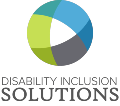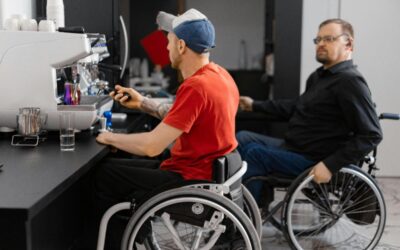Public spaces have been impacting community life for over 200 years. But many aspects of city parks are not designed with people with disabilities in mind. In fact, city planners and architects have only recently realized the need to build environments that support people of all abilities and ages.
Universally designed parks do more than accommodate people with disabilities. They promote independence and establish an inclusive space that’s welcoming to all.
The YMCA of Greater Grand Rapids in Michigan set out to create a space that a diverse range of people could use. And that’s exactly what they did. The Mary Free Bed YMCA is a 36-acre complex that’s home to a wide range of fully accessible health and wellness spaces. It was also the first campus in the world to become GUDC certified. Some of the facility’s universal design features include:
- Colors that help convey information about a members’ surroundings.
- A centrally-located ramp that’s used as a main architectural feature and a focal point.
- Seamless transitions into and throughout the facility allowing everyone to easily access the entire building.
- A wheelchair storage space that gives members a place to store and access their sports chairs.
- Sound absorbing materials installed on the ceiling and walls in the pool area to minimize the sound wave echoes typical in indoor pools.
- Multiple windows and skylights allowing natural light to filter in.
- A transfer station in the pool, giving people with disabilities the opportunity to use the pool independently.
- A hardtop softball field for wheelchair softball practice and tournaments.
- Hearing loops are integrated into a number of spaces throughout the building.
- Slip-resistant flooring has been installed throughout the facility.
Parks and recreational facilities are a critical part of community life. So, what’s the message being sent to people who can’t use them? Universally designed spaces invite everyone to participate in public life. I’ve created a short but insightful quiz that can help you determine where your space falls on the accessibility, inclusivity, and equality scale. Take it and find out how you rate.





0 Comments